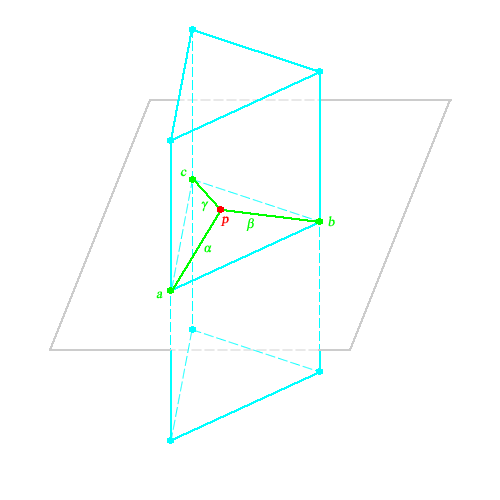As is becoming traditional, my gaming group and I recently did an initial play through of MERCS: Recon, so I wanted to capture my initial thoughts about the game. I found the game to be quite good, and it flowed well, but I found a number of nit-picks that would have improved the polish of the game. For me, this wasn’t unexpected or problematic in the sense that they are things that could be smoothed out over time playing the game, but they do provide a higher barrier to entry, which is always a struggle.
First, and probably the most minor nit-pick was the internal packaging. All the tiles were shrink-wrapped together, and, since they were different sizes, the shrink-wrap deformed a lot of the tiles. This didn’t cause any damage (sans a little warping), but it was a little disheartening to see when opening the box. The other noticeable item right out of the box was that the miniatures all needed to be assembled (a total of 40 miniatures). This wasn’t unexpected for me, as they mentioned it in the kickstarter updates, but it was a lot of extra work to get the game playable. I generally enjoy putting together miniatures, and these were fairly easy, so it was not a problem, but it felt like a barrier to actually getting to play the game. Continue reading Mercs: Recon

